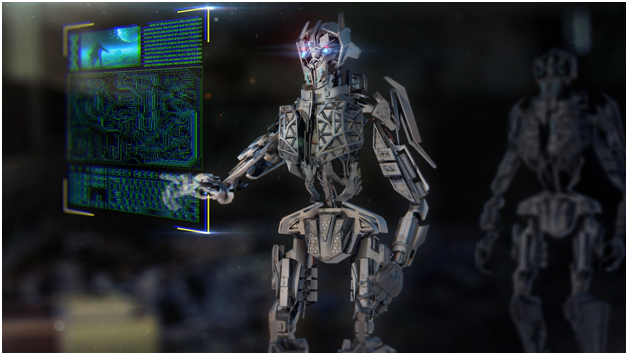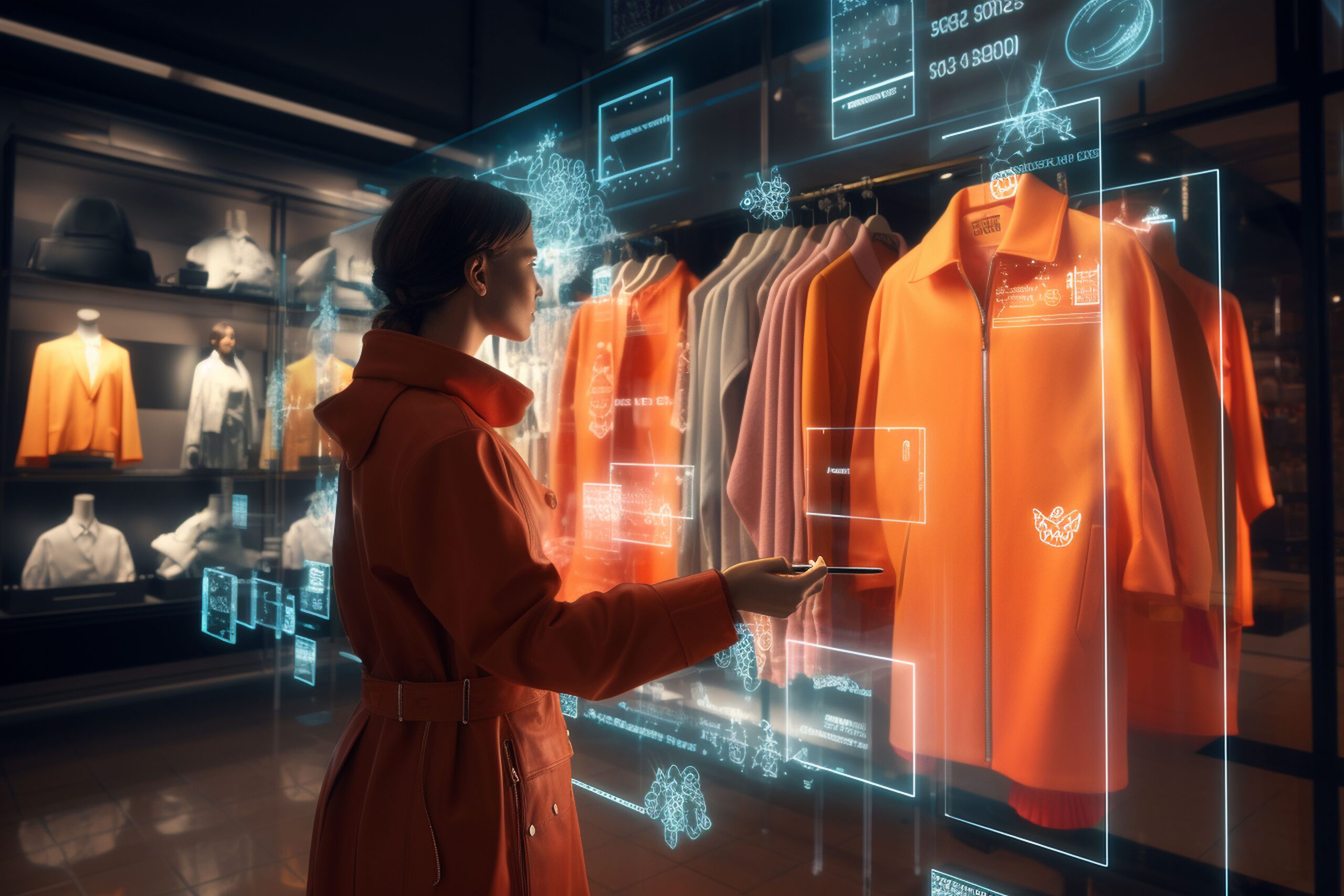Deep reinforcement learning is one of the most talked-about areas of Artificial Intelligence (AI) recently, which allows machines to learn continuously based on the results of their previous actions. In essence, deep reinforcement learning shows great potential to transform how day-to-day operations are carried out in various industries.
What is Deep Reinforcement Learning?
Deep reinforcement learning can be termed a branch of AI and Machine Learning that enables intelligent machines to learn from their past actions just the way humans do from their experiences. What makes it unique is that machines reward or penalize an agent depending upon their actions to ensure that the target outcome is achieved successfully.
This learning process takes a series of trial-and-error actions, eventually making the machine capable of delivering the best results in dynamic environments that continually keep updating. While reinforcement learning technology has been around for several years, it came to the fore only in recent times when it was combined with deep learning to generate phenomenal outcomes.
The term “deep” in deep reinforcement learning resembles the multiple layers of artificial neural networks in the system just like the network of neurons in the human brain. In earlier days, deep learning was confined to smaller amounts of data to process and train, while there were also significant limitations on computing power. With the development of advanced technologies, larger volumes of data, and faster computing resources these days, deep learning has extended its scope to a wide range of practical machine learning solutions.
The Possibilities of Deep Reinforcement Learning
Deep reinforcement learning gained more public attention when the AlphaGo computer program developed by DeepMind Technologies defeated that Go grandmaster using Artificial Intelligence. Apart from the Go board game, the applications of deep reinforcement learning in many other competitive games such as poker, chess, and video games are also quite notable. As machines show human-like skills in such games, various industries have started looking to employ deep reinforcement learning for managing their routine operational activities.
The gaming industry acted as the perfect platform for the development of deep reinforcement learning because simulation technology provides an environment where trial-and-error actions do not affect the real world even if something goes wrong. At the same time, simulation technology keeps it scalable enough to explore all the possibilities of deep reinforcement learning and see how it can perform in real-life scenarios when adopted for multiple interacting machines.
Applications of Deep Reinforcement Learning
The combination of a reinforcement learning architecture with artificial neural networks within the deep reinforcement learning infrastructure allows software-defined agents to learn and execute the best possible actions to achieve the desired results. In that, deep reinforcement learning merges target optimization and function approximation in a virtual environment to map out the right actions to attain the projected outcomes.
Although artificial neural networks are more renowned for the breakthroughs in problem-solving for machine translation, computer vision, and time series prediction, they can also be blended with goal-oriented reinforcement learning algorithms to create something that can bring forth the intended results, like that done by AlphaGo. Meanwhile, deep reinforcement learning can also learn how to maximize the potential of action over multiple steps and achieve superhuman performance.
While deep reinforcement learning seems to be a complex technology to be applied in real-world environments, many companies have come forward to give it a shot and determine how it can make things simpler at their organization. Here are some of the industries where deep reinforcement learning is being explored to solve business challenges.
Robotics
The Soft Actor-Critic algorithm published by Google allows robots to use deep reinforcement learning and gain knowledge of how to manage real-world tasks without needing rigorous training and trials. At the same time, it also works to protect the robots from taking any actions that can lead to an error. The initial studies with the algorithm were prospective and deep reinforcement learning can be more helpful in the upcoming days to make robots more capable of carrying out simple tasks.
Healthcare
Deep reinforcement learning can benefit healthcare companies by allowing them to analyze historical medical data and determine which treatments led to the desired results. This can help to predict and plan the right treatment approach for current as well as future patients. For instance, deep reinforcement learning can be used to find the optimal dosage cycles of chemotherapy for cancer patients, help in determining the right doses for sepsis patients, and choosing dynamic treatment regimes by including various medications based on healthcare data.
Chemical Engineering
Studying, designing, and managing the operation of chemical plants can be greatly simplified using deep reinforcement learning technology. It can help to figure out the optimized sequential chemical reaction as well that can help to boost production. As deep reinforcement learning can help to predict the outcome at every stage of the operation, it also allows taking the necessary actions at the right time to achieve the most desirable chemical reaction while ensuring the utmost safety of everyone in the plant.
Manufacturing
The use of robots and automated processes is becoming a widespread trend in the manufacturing industry and for good reasons. Artificial Intelligence is transforming the business landscape today, allowing manufacturing businesses to simplify their operational complexities and ensuring high-end productivity while also helping to save costs. When coupled with deep reinforcement learning, these robotic processes can become much more efficient and perform in the best interests of the company. Deep reinforcement learning can also help businesses with supply chains, inventory management, logistics, and make strategic plans for future investments.
Automotive
Deep reinforcement learning thrives on data, which makes it a game-changer in the automotive industry. The diverse and large dataset available at the disposal of automotive companies can power deep reinforcement learning to transform their operations, while also leading to the overall automation in the organization. It can also benefit vehicle maintenance while ensuring safety, quality, and cost control for the company. Deep reinforcement learning can also help to analyze potential sales channels and other trends based on data from customers and dealers.
The Future of Deep Reinforcement Learning
Deep reinforcement learning works on solving difficult problems by correlating previous actions and analyzing the returns they produced. This means that there can be a slight delay in getting the desired outcome at times. However, deep reinforcement learning algorithms are getting better and better by the day and the system can become more capable of processing complex tasks faster when more real-life environment data is available.
There is no arguing that deep reinforcement learning is developing and it is one of the cutting-edge technologies that is made for the future. Experts believe that it can progress to achieve above $3.5 trillion in value annually across various industries within a couple of years. Likewise, when applied in real-world applications, deep reinforcement learning can also boost the efficiency of AI.
Author Bio:
Sreejith Omanakuttan is an associate technical manager at Fingent.
Sreejith has been into programming since 2000, and professionally since 2007.
He works on different technology stacks, ranging from the “boring”(read tried and trusted) to the bleeding edge. He likes building, tinkering with and breaking things, not necessarily in that order.
Guest Post Service By www.guestarticlehouse.com




